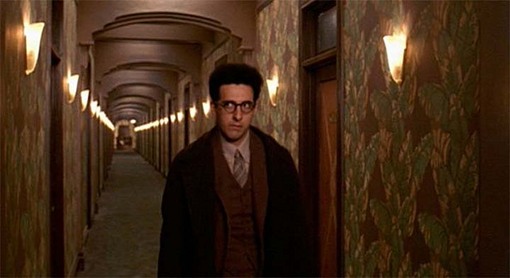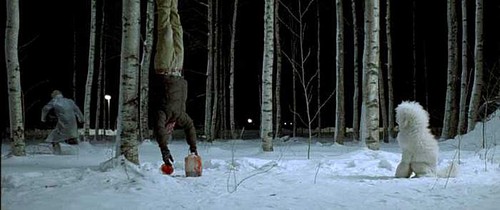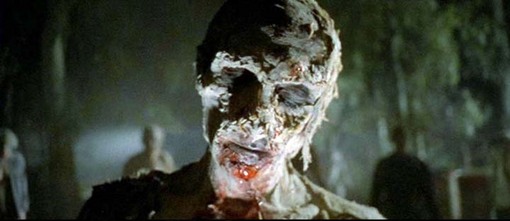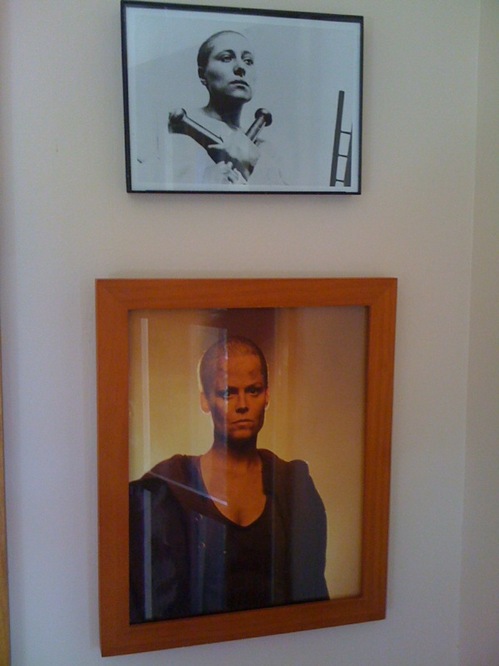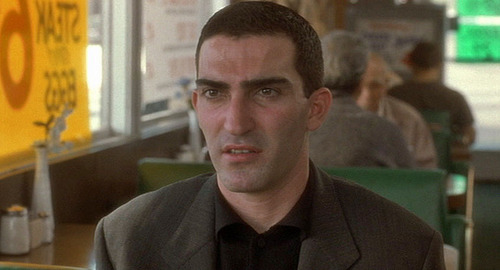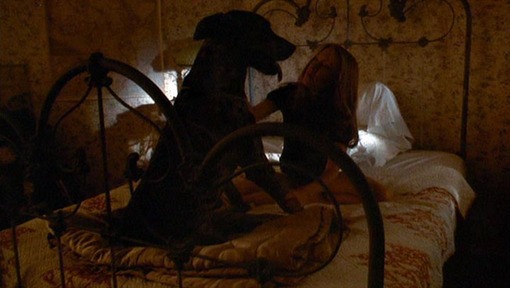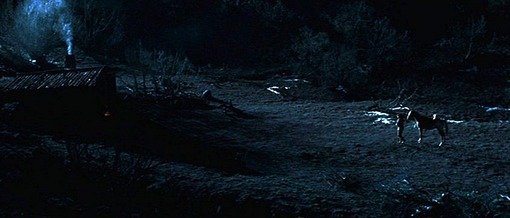A Los Angeles Times/Bloomberg poll found that only 3 percent of 18- 24-year-olds would have picked this still as their first choice to accompany this article, since it has nothing whatsoever to do with the contents of the article itself. The poll has a margin of error of plus or minus 3 percent.
“All in all, it’s been a rotten tomato of a summer for America’s embattled film critics…. It’s no secret that critics have lost influence in recent years. A recent Los Angeles Times/Bloomberg poll found that among 18- to 24-year-olds, only 3% said reviews were the most important factor in their movie-going decision making. Older audiences still look to critics for guidance, especially with the smaller, more ambitious studio specialty films. But during the summer months, with studios wooing audiences with $40 million worth of marketing propaganda, critics appear especially overwhelmed, if not irrelevant.”
— The Los Angeles Times, asserting that critics are less powerful now than they never were. (8/15/06)
God, I love that paragraph. Go ahead — read it again. One of my favorite propaganda techniques — used in politics, journalism, criticism, you name it — is to present evidence (or, better yet, opinion polls cited as if they constituted evidence) refuting something that was never true — or even widely thought to be true — in the first place. It’s a form of genius, really — like the opinion polls asking Americans if they believed Saddam Hussein was behind 9/11, presented as though it could be made true if a majority felt it was. (There’s another term for this technique: Fox News.)
This propaganda trick is related to the Straw Man argument, where you attack a position somebody doesn’t hold instead of the one they do, but you pretend they’re saying something they don’t believe instead of what they actually said. All it takes is a bad listener. In the case of this article in the LA Times last week, it’s made especially compelling by the knowledge that Times management has wasted colossal amounts of money on a poll of youngpeopleoftoday, forcing good reporters like Patrick Goldstein to have to invent something to make it appear the poll’s findings meant… anything.
Read that hilariously insignificant statistic from the Times/Bloomberg poll one more time (and take an extra moment to savor the deliciously insinuating phrase, “It’s no secret…”): Only 3 percent of 18- to 24-year-olds cited film critics as the most important factor in deciding whether to see a movie. Conclusion: It’s no secret film critics are losing influence!!! The mind boggles. What percentage of persons in this six-year age span cited film critics as, say, the third-most important influence? Fifth-most? And what did this same age group say five years ago, 10 years ago, or 27 years ago? The “3 percent” figure is so narrowly defined that it’s not just meaningless, but exquisitely, absurdly. ludicrously so. Somewhere, Joseph Heller is laughing out loud. And think about this for just one second: How many 18- to 24-year-olds do you know who depend primarily upon adult authority figures (like critics), above all other influences, to make their media choices, whether it’s movies, music, video games, TV, web sites, whatever? Three percent seems a bit inflated to me.
(BTW, what are the ages of the “older audiences” who “still look to film critics for guidance” — and what percentage of them rank that guidance as the most important factor in making moviegoing decisions about those “smaller, more ambitious studio specialty films”? Man, oh man — those pollsters ask specific questions! “What is your most important source of guidance for smaller, more ambitious studio specialty films?” But did this Times/Bloomberg poll yield only one quotable statistic? If not, why weren’t others cited to put this one in perspective?)
This is the kind of story that is based on “overturning” assumptions that never were. News Flash: Bush administration officials may have underestimated when they said the invasion and occupation of Iraq would cost no more than $1 billion and was unlikely to last more than a few weeks — or as Donald Rumsfeld said, “I doubt six months.” The word, “Duh” was invented for these occasions. If you honestly did not realize how preposterously false the original premises were, then you might get fooled again into thinking the second non-story qualifies as “news.” (Follow up story: According to the president, when it comes to Iraq, “failure is not an option” — even though that is the option deliberately and consistently favored by his administration above all others 9 times out of 10.)
In about a year, expect another News Flash: Poll Reveals Young People in Teens and Twenties Notoriously Unreliable Poll Subjects.
December 14, 2012
